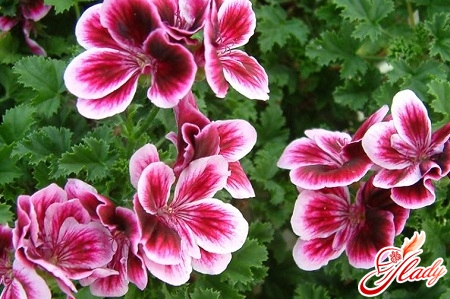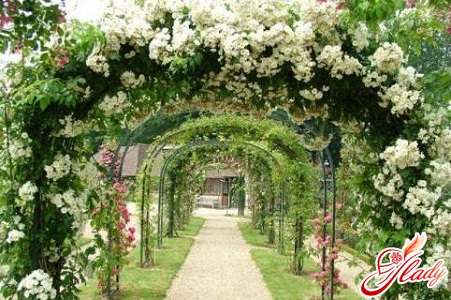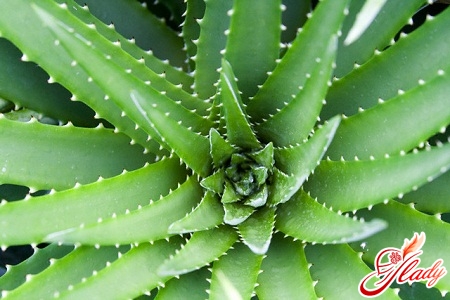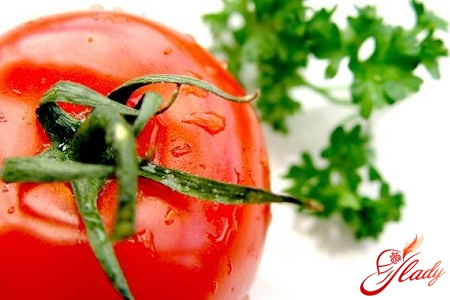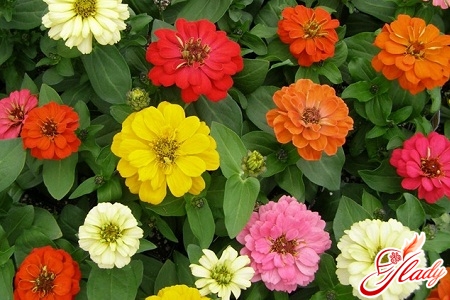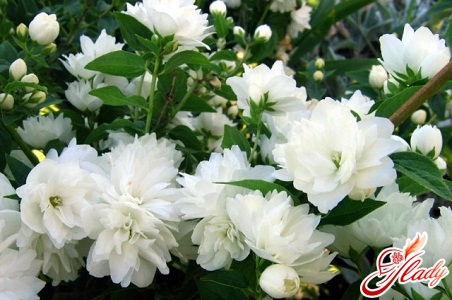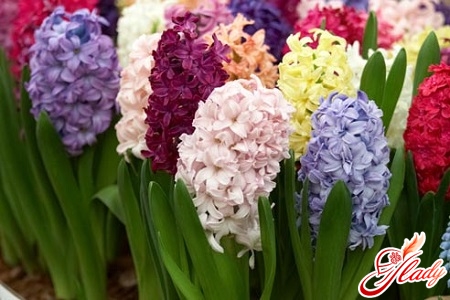 Almost everyone knows what a garden hyacinth is.that's all. But only a few gardeners realize that this flower can be grown on the windowsill of a city apartment. And those who have managed to cope with this process will never give it up. It's so nice when, on the eve of the New Year holidays, the room is decorated not only with tinsel and Christmas tree decorations, but also with an incredibly beautiful hyacinth - a flower with a delicate aroma and reminiscent of the spring sun. Yes, you heard right. The house flower hyacinth blooms in winter. But in order to achieve the appearance of fragrant buds at an inopportune time, you need to work a little. In principle, the growing procedure is not complicated. The main thing is to observe the necessary conditions and strictly follow the instructions. We will talk about the maintenance of hyacinth at home in this article. But first, let's consider which varieties of this plant are suitable for winter forcing.
Almost everyone knows what a garden hyacinth is.that's all. But only a few gardeners realize that this flower can be grown on the windowsill of a city apartment. And those who have managed to cope with this process will never give it up. It's so nice when, on the eve of the New Year holidays, the room is decorated not only with tinsel and Christmas tree decorations, but also with an incredibly beautiful hyacinth - a flower with a delicate aroma and reminiscent of the spring sun. Yes, you heard right. The house flower hyacinth blooms in winter. But in order to achieve the appearance of fragrant buds at an inopportune time, you need to work a little. In principle, the growing procedure is not complicated. The main thing is to observe the necessary conditions and strictly follow the instructions. We will talk about the maintenance of hyacinth at home in this article. But first, let's consider which varieties of this plant are suitable for winter forcing.
Home hyacinth varieties
To ensure abundant flowering, it is necessaryuse varieties in accordance with the timing of the release of buds. For example, if you want to receive an unforgettable gift for the New Year - a blooming hyacinth, choose a variety suitable for winter forcing. Which hyacinths are suitable for this process?
- L'Innocents is the most popular early hyacinth. The buds are delicate white. The flower stalk grows up to 25 centimeters in height;
- Pink Pearl is a pink hyacinth with cone-shaped inflorescences;
- Delph Blue is an early hyacinth of blue or light blue shade. It is considered the most hardy among its relatives. It blooms for 20-25 days;
- Jan Bos - grows up to 25 centimeters in height. Throws out red buds, flowering time - 15 days.
The above-described hyacinths are the most popular among flower growers who are engaged in indoor forcing of this plant.
How to choose the right bulbs for planting?
When choosing a bulb, pay attention to itssize. For successful cultivation, it is best to purchase large specimens, with a diameter of at least 5-6 centimeters and a weight of about 80 grams. Also pay attention to the external condition of the bulb. It should be dense, well-ripened, without rotting areas and mechanical damage. You can also accurately determine the color of the flowers of the future plant by carefully examining the bulb. For example, cream scales indicate that the hyacinth will bloom yellow. Lilac determines pink or red color. Purple - blue or light blue. Knowing how to determine the color of the plant, you will be sure that you are buying exactly the hyacinth you need. It is worth noting that hyacinths that have just blossomed have a brighter color. By the end of flowering, the buds turn pale: bright yellow ones become pale, red ones acquire a pink tint.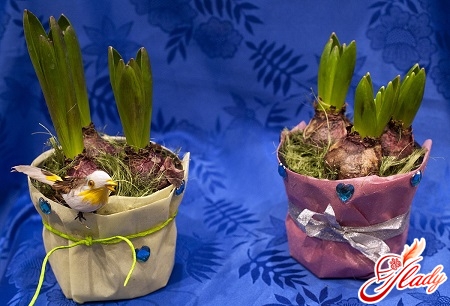
Cultivation of hyacinths in the ground
So, the bulbs have been selected.Now you need to "settle" them. This should be done in September, then by the New Year holidays you will have a blooming hyacinth. Select a wide and shallow pot, pour a layer of expanded clay on the bottom, and a small layer of special soil on top. You can also buy it at a flower shop. Now sprinkle the soil with sand and place the future hyacinths on it so that they sit close to each other, but do not touch the edges of the pot. Deepen the bulbs a little and sprinkle them with the remaining soil mixture. The top should remain outside. Consider that the first stage of planting was successful. Now you need to place the container with the bulbs in a dark and cool room, for example, in a cellar or on a loggia. The main thing is that the air temperature in the room does not exceed 5-7 degrees Celsius. Try to keep the soil constantly moist and in a couple of months you will notice that your hyacinths have sprouted new leaves. This means that they can be moved to a lighter and warmer room, where the air temperature does not exceed 15-17 degrees. Now all that remains is to wait for the plants to bloom. As soon as this happens, you can "relocate" them to a permanent place. There should be a lot of light and about 20-22 degrees of heat. Do not forget to water the hyacinths regularly - do not allow the soil to dry out.
Distillation in water
Hyacinth maintenance at homeIt is possible not only in the soil mixture, but also simply in water. To do this, you need to select flowerpots that have a wide base and a narrow neck. Here, focus on the size of the bulb. To prevent the water in the container from stagnating and blooming, place a little fine charcoal on the bottom, and put a layer of gravel on top (1-1.5 centimeters). The latter is necessary to prevent the coal from floating to the surface. Then fill the vase with water: it is best to take melted or rainwater. If this is not possible, simply filtered water will do. Calculate the amount of water so that the distance from it to the bottom of the bulb does not exceed 2 millimeters. Now you need to cover the future hyacinths with something dark, for example, paper caps, and put them in a cool room. The next few weeks, while the root system is forming, you need to periodically add water to the flowerpots (every 3-4 days). Make sure that water does not get on the bulb. As soon as the hyacinth reaches 8-10 centimeters in height, you can remove the caps and take it to a warmer and brighter room. Hyacinths kept in water feel good on sunny windows. If you notice that the water has begun to rot and smell unpleasant, be sure to change it. Do not forget to put fresh pieces of coal and river gravel on the bottom.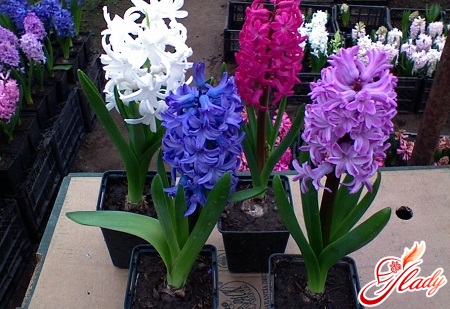
What to do when the hyacinth has faded?
Faded bulbs can no longer be used forforcing hyacinths at home. But they can be planted in open ground. Hyacinth is planted in the fall - in October. And the following spring your yard or garden flowerbed will be decorated with colorful and fragrant flowers. Some gardeners dig up hyacinths as soon as flowering ends and store them all winter in a dark and cool room. And in early spring they are planted again. If you want to get new specimens for forcing hyacinth at home, you need to do the following:
- Wait until the hyacinth discards the flower spike;
- But don't let the buds open - pluck them;
- This is necessary so that the bulb gains strength and produces babies - individual bulbs;
- Approximately in June, dig out the hyacinth and separate the children from the mother bulb;
- Place them in a hot room with high humidity for a couple of weeks;
- Then transfer to a cooler place where the air temperature is 5-7 degrees lower than the previous one;
- After another 2-3 weeks, “relocate” the bulbs to conditions of 15-17 degrees Celsius.
By the time all the stages of preparation are completed, the time will comeplant hyacinth in a pot or in a vase with water. Thus, the flowering of these beautiful plants will accompany you almost all year round. Indoor hyacinth is not too picky. The only thing you should take care of if you want to achieve flowering is proper watering and lighting. Remember, hyacinth loves humidity, but does not tolerate stagnant water. Water carefully, trying not to get on the bulb itself and in the leaf axils, otherwise rotting will begin and the hyacinth will die. It needs bright light, but it is better to avoid direct sunlight. Some gardeners even use additional lighting at night in the form of fluorescent lamps. Close attention should be paid to the choice of bulbs for forcing. If you want your hyacinth to bloom profusely, do not use small or damaged specimens. When planting several bulbs in one pot, give preference to those of the same size, otherwise the flowering will not be friendly. That's all the secrets. Follow our advice and you will definitely succeed! After all, in any business, the main thing is desire! And, of course, a little patience and diligence will not hurt either.




